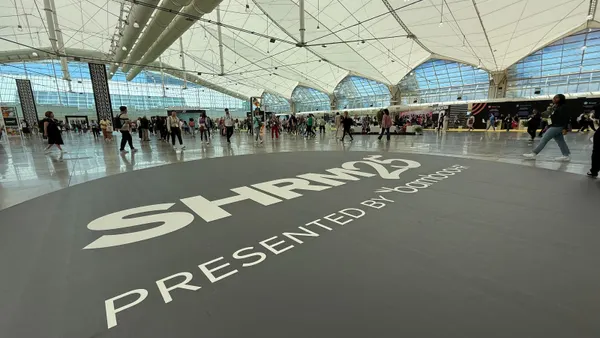Dive Brief:
- About one-third (35%) of employees either know nothing about or don't fully understand their healthcare coverage, while another 33% said they don't understand their medical bills, according to a survey by Maestro Health. The employee health and benefits company surveyed 1,000 consumers on their healthcare literacy as well as expectations of employer involvement in their health and wellness.
- A majority, 62%, said their employer does not act as a resource for healthcare-related questions. Other survey findings include that the two top financial concerns for consumers are healthcare costs and saving for retirement.
- U.S. consumers spend double the amount that citizens in most other countries do when it comes to healthcare, but have a shorter life expectancy, Maestro Health CEO Rob Butler said in a statement. "Understanding what people need and want when it comes to healthcare and benefits — and arming consumers with the tools to enhance their literacy — will help us improve consumers' individual health outcomes and reverse those life expectancy statistics," Butler said.
Dive Insight:
Much of the prior research on healthcare benefits literacy seems to support Maestro Health's findings. Employees spend 30 minutes or less reviewing benefits materials before open enrollment, according to a Unum poll of 1,227 workers. A separate study conducted in 2016 by Guardian Insurance Company found 80% of workers said they understood their benefits, but in a test of their knowledge, the results concluded that only 49% actually did.
There are different methods available for employers who want to close the gap. Brenda J. Mullins, Aflac vice president of human resources and chief people officer, suggested in an op-ed several ways for employers to make benefits enrollment less confusing. Avoiding bombarding employees with information as open enrollment approaches is at the top of Mullins' list. Employers should develop materials that provide employees with short bits of concise information about workplace benefits available to them, she wrote.
Employers can communicate the benefit options through the company intranet and via plan providers' websites, as well as during one-on-one meetings with HR representatives. A variety of tech solutions, including instant messaging, email, telemedicine, social media, smartphones and teleconferencing, can give employees 24/7 access to their benefits information based on their preferences.
HR can also enlist benefits advisors to help them position the benefit messaging. Many provide materials at low or no cost and can also assist in establishing a benefits-related communications routine with employees.











